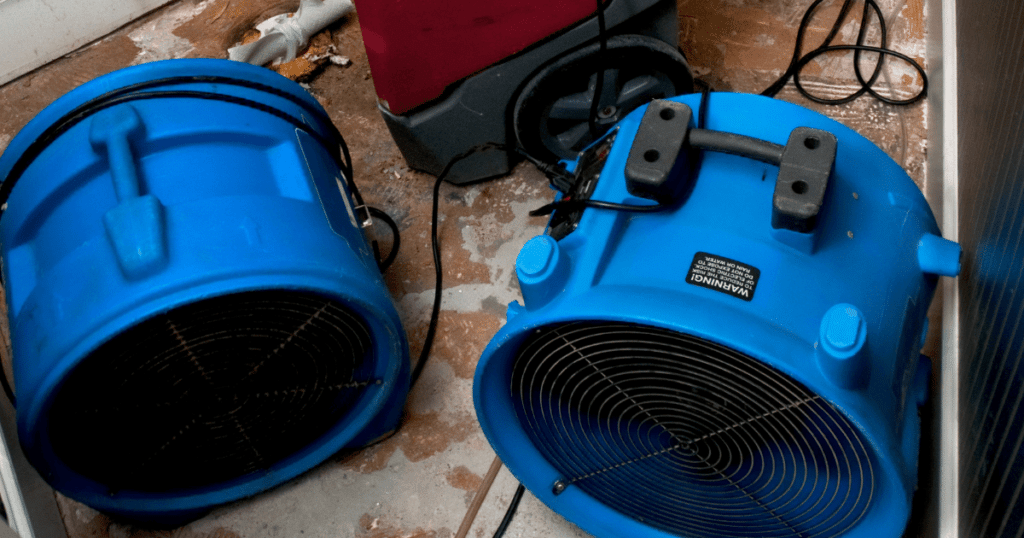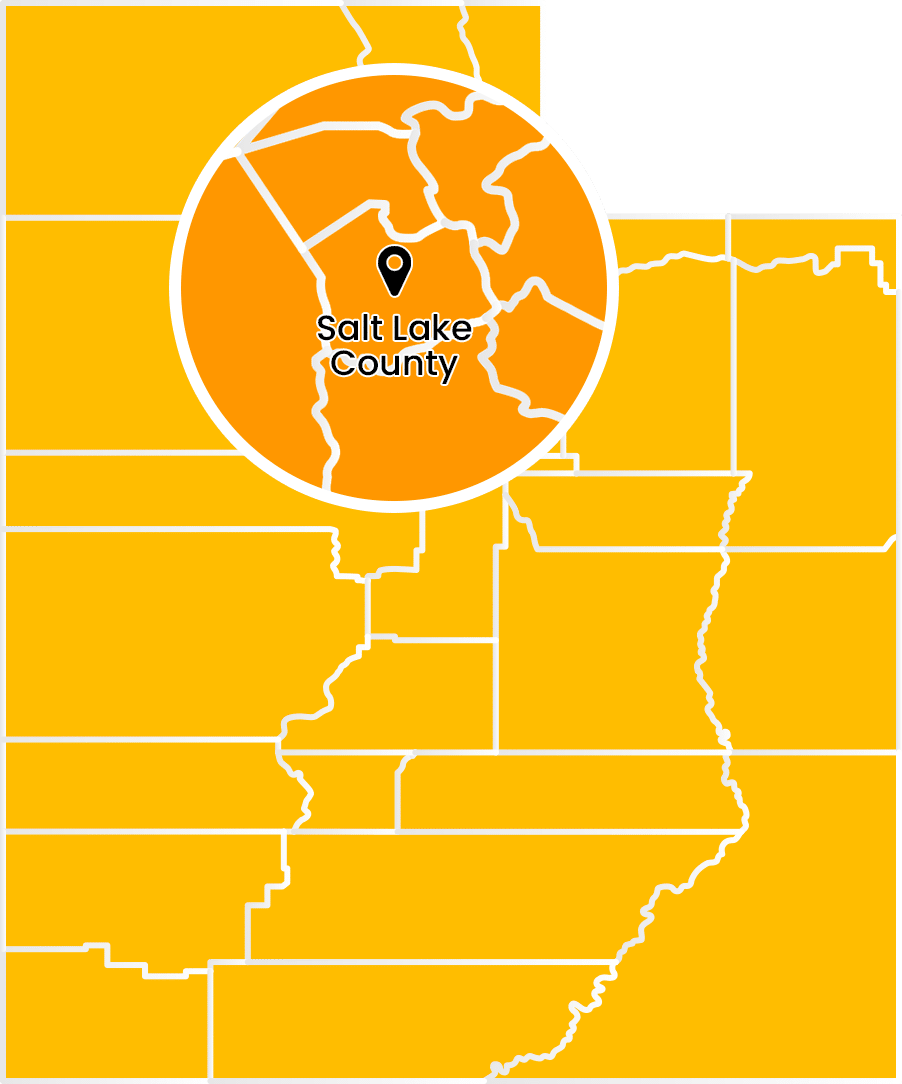Since water damage often occurs when homeowners least expect it, insurance coverage is a lifesaver. However, there are some instances where a policy may not cover the flooding caused by a natural disaster unless the homeowner has purchased specific flood insurance.
Even then, homeowners find themselves having to jump through multiple hoops to get the coverage they need. Fortunately, Summit Restoration has experience with filing insurance claims on behalf of its customers. Therefore, they’ve learned a few things about common insurance issues related to water damage restoration and how to avoid them.
Limits for Insurance Coverage
One of the first problems that homeowners run into with their insurance coverage is their limitations. Most water damage insurance policies come with a list of restrictions and exclusions that homeowners may or may not be aware of. That’s why it’s always important to carefully read any insurance policy to understand how much coverage it truly offers.
What are some examples of insurance coverage limitations?
- Natural Disasters: As mentioned, the majority of homeowners insurance policies do not cover water damage caused by a natural disaster, such as flash flooding and storm damage. Therefore, it’s crucial that homeowners invest in separate flood insurance if they live in an area susceptible to these types of events.
- Homeowner Negligence: Homeowners are responsible for maintaining their home, plumbing, and sump pumps. If any leaks or water damage are caused by preventable clogs or broken equipment, insurance companies may choose not to cover the damage. To avoid this issue, homeowners should regularly inspect and maintain their property.
- Mold Growth: Though mold damage often goes hand-in-hand with water damage, it may require additional insurance coverage as well. Homeowners should speak with their providers to understand the extent of their mold and water damage coverage.
- Household Contents: Finally, some people learn the hard way that there are limitations to specific types of personal property. This is especially true when there are unusually high-value items like art, designer clothing, electronics, and instruments. A rider may be required to get full coverage for these belongings.
High Insurance Deductibles
Customers often balk at the idea of paying a high insurance premium, so they make a tradeoff. In order to pay a lower premium, they agree to a higher deductible. While this might work out as long as they don’t need to file a claim, they could find themselves paying thousands of dollars out of pocket when water damage occurs.
Why?
An insurance deductible is the amount of money that the homeowner agrees to pay before the insurance coverage kicks in. They can range from a few hundred dollars to several thousand.
When homeowners choose a higher deductible to save a few bucks on their premiums, they need to make sure that they have access to an emergency fund that can cover these out-of-pocket expenses. If they can’t afford to put away extra money for their “rainy day” fund, then choosing the lower deductible with the higher premiums may be the better option. It’s ultimately up to each homeowner to decide which option best fits their financial situation.
Lack of Documentation
Another problem that homeowners run into with their insurance claims is providing the proper documentation. Some providers have strict requirements when it comes to documenting water damage. If a homeowner fails to follow these instructions, their claim could get denied altogether.
Documentation often includes taking videos and photos. Homeowners should also save any receipts related to their water damage cleanup and restoration. The following are just a few tips that can help homeowners avoid common insurance issues related to water damage restoration:
- Take Photos Immediately: As soon as water damage is discovered, homeowners need to take photos and videos of the affected area and any visible damage. They should also capture the source of the problem.
- Keep Records: Any communication with the insurance company, contractors, or service providers should be recorded.
- Document Any Mitigation Efforts: Homeowners need to prove that they took steps to mitigate further damage by stopping the water flow, if possible, removing standing water, or making temporary repairs.
- Request a Professional Inspection: Finally, it’s recommended that a professional water damage company inspect the house. They can document the damage and provide a written estimate for the insurance claim.
Contact Summit Restoration for More Info on Common Insurance Issues Related to Water Damage
Summit Restoration is proud to help homeowners with the insurance claims process so that they get the fair coverage they deserve. To learn more about how they can help with common water damage insurance problems, homeowners should call their helpful representatives. The company also has a convenient online form that customers can submit to request a free quote.






